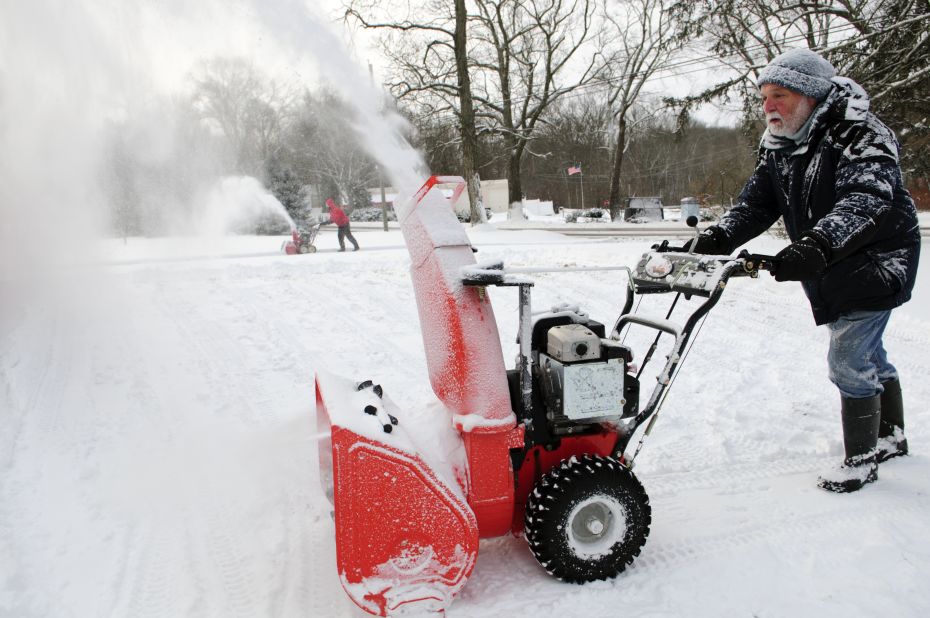Forecasters have warned that a “bitter” blast of cold Arctic air is set to bring dangerously frigid temperatures to much of the US.
The National Weather Service has said that the cold front will arrive in the northern Rockies and northern US plains on Thursday night before advancing south, likely causing daily cold records to tumble in several places. In Texas and the south east, “dangerously cold wind chills” are expected that will push temperatures below freezing.
“Temperatures will be brutal compared to the relatively mild conditions that have been experienced for much of the winter season up to this point in time,” an alert from the weather service stated.
Most of the country is expected to be hit by the cold weather, with Chicago expected to go below -10F (-23C) for the first time since 2019, and Oklahoma City below 0F (-17.7) for the first time since February 2021. Wind chills could make push temperatures in parts of the Rockies to -30F (-34.4C), posing the risk of hypothermia to anyone caught in this weather.
Read also: IEA says world’s renewable energy capacity grew at record pace in 2023
Meanwhile, major snowstorms, sleet and rain are expected to affect the midwest and east coast, with the weather service warning of “major disruption” from 12in of snow set to fall upon parts of Michigan, with high winds set to cause blizzard conditions in the Great Lakes region. In the northeast, there could be river and coastal flooding due to storms and heavy rain.
According to reports, the cold front will be a significant change for parts of the country that have so far experienced a very mild winter, with meagre snowfall and above-average temperatures.
Last year was reported to be the fifth hottest year on record in the US, the National Oceanic and Atmospheric Administration confirmed on Tuesday, with 2023 being the hottest globally by a large margin.
Climate researchers have also theorized that sudden extreme blasts of cold weather in the US could, in some cases, be fueled by global heating. The Arctic is warming up four times faster than the rest of the planet, causing changes to the circular pattern of winds called the polar vortex, which usually keeps the cold massed upon the polar region.
Story was adapted from the guardian.
